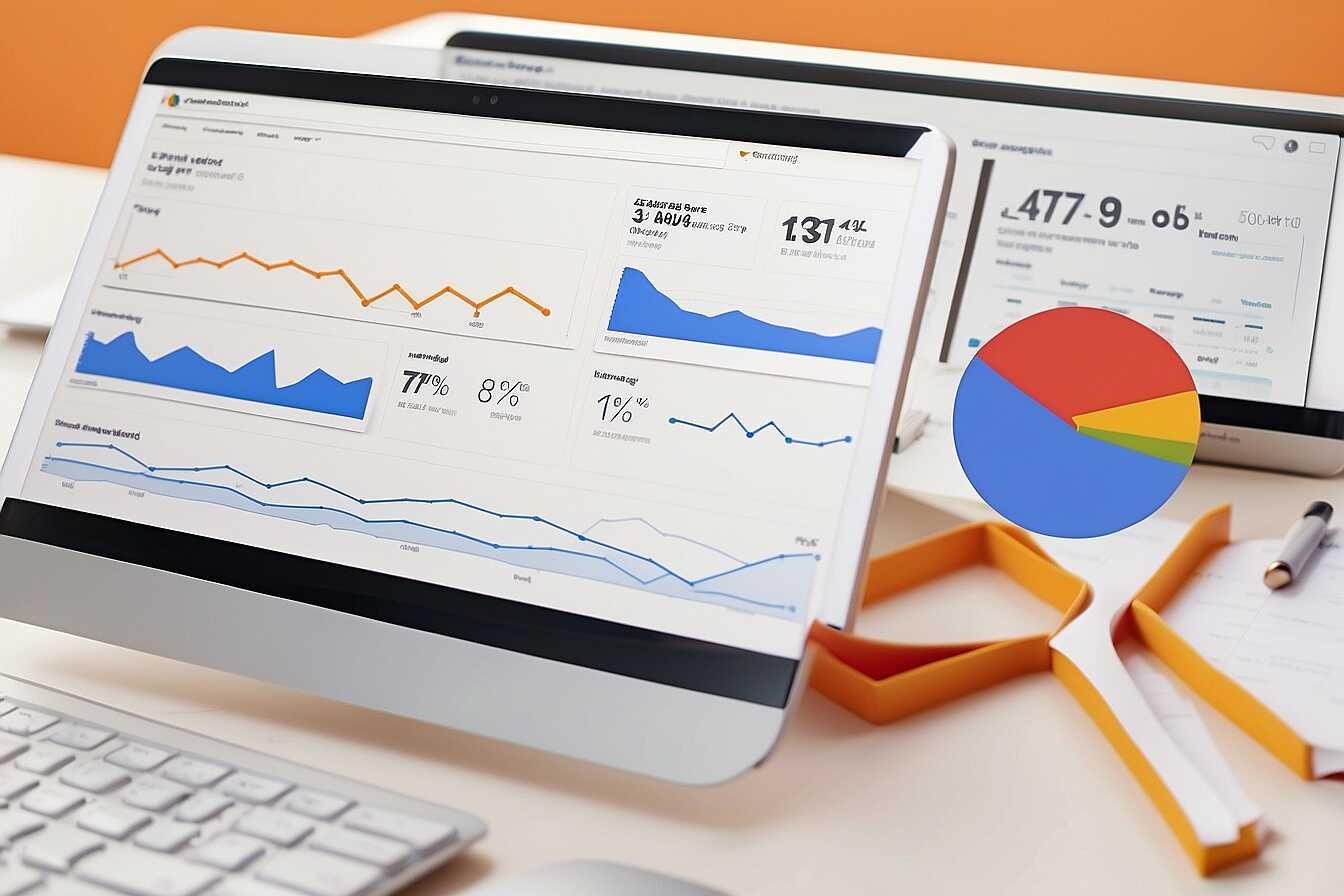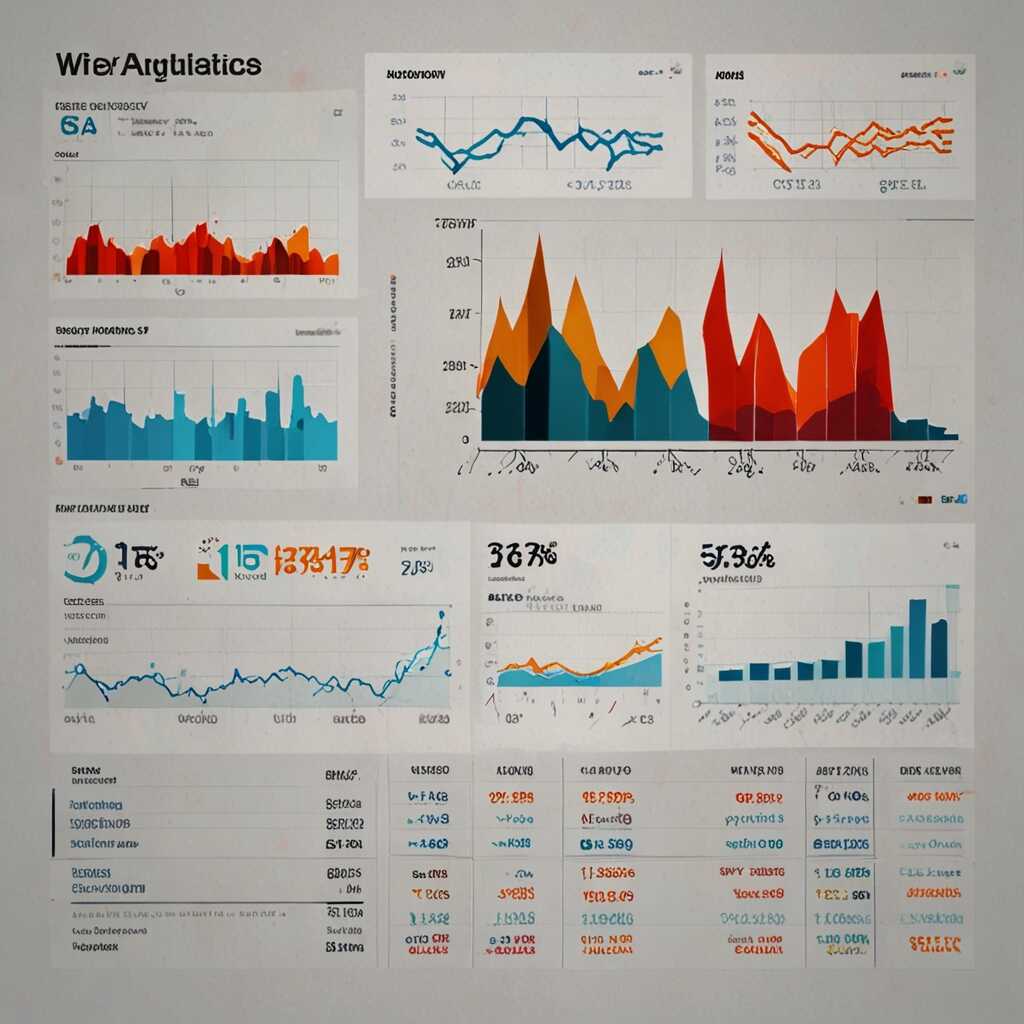Understanding search engine crawling using log file analysis techniques can greatly enhance your SEO efforts. By diving into log files, you can uncover insights about how search engines interact with your website, which can lead to better optimization strategies. At Metrics Rule, we specialize in using log file analysis to improve website structure and performance, ensuring that your site is effectively crawled and indexed. With our technical expertise, you can leverage these insights to stay ahead in the competitive digital marketing landscape.
Introduction to Log File Analysis and Its Benefits for SEO
Log file analysis is the process of reviewing server log files to gain insights into how search engines like Google and Bing crawl your website. This analysis is crucial for SEO because it reveals the crawling behaviors of search engines, helping you identify potential issues that could impact website performance. For instance, by analyzing log files, you can see which pages search engines are crawling the most frequently and which ones might be overlooked. The key metrics looked at during this analysis include the number of requests per page, crawl errors, and response times, which can directly affect your site’s indexing and visibility in search results.
Key Metrics in Log File Analysis to Enhance SEO Performance
The key metrics in log file analysis significantly enhance SEO performance. By focusing on requests per page, you can determine how often search engines review your content. Identifying crawl errors gives insights into breakages that may frustrate crawlers and visitors alike. Moreover, checking response times ensures your website performs efficiently when accessed by search engines. An effective log file analysis includes data on URLs crawled, HTTP status codes, and crawl frequency, all of which are essential for improving your site’s visibility and overall performance in search engine rankings.
The Significance of Search Engine Crawling for Website Optimization
Search engine crawling plays a crucial role in determining content visibility and site rankings in search results. When search engines like Google and Bing crawl a website, they analyze its structure, page content, and metadata. This process ensures that relevant content is indexed, which in turn enhances the chances of higher rankings. Effective crawling allows search engines to discover updates, improvements, and new pages, thereby providing users with accurate search results. Log file analysis can reveal how frequently your site is crawled and which pages are indexed, enabling optimization decisions that lead to better SEO strategies.
Understanding Log File Data for Effective SEO
Log file analysis offers valuable insight into how search engines engage with your site. By examining this data, you can identify which pages receive the most traffic from crawlers, how often these pages are accessed, and any errors that may prevent effective crawling. This information helps improve website optimization by ensuring that critical pages are accessible and error-free. Additionally, monitoring crawling patterns through log file analysis informs you about specific changes needed to enhance content visibility and attract more organic traffic. With a structured approach to log files, SEO professionals can make informed decisions that improve site performance and visibility in search engines.

Essential Tools for Conducting Log File Analysis
When choosing tools for log file analysis, it’s crucial to consider reliability and functionality. Popular options include Screaming Frog, Google Analytics, and Loggly, each offering unique features that enable seamless data extraction and technical SEO reporting. For example, Screaming Frog provides in-depth insights into website crawling dynamics, while Loggly focuses on centralized log management. Some tools can handle thousands of log files, ensuring comprehensive coverage for a single website, allowing users to analyze website behavior continuously. Reviews show that these tools greatly enhance SEO performance analysis by delivering actionable insights.
Key Features to Look for in Log File Analysis Tools
When selecting log file analysis tools, look for software that offers deep insights into website crawling and indexing. Essential features include the ability to process large volumes of data quickly and efficiently. The best tools can provide a visual representation of crawl behavior, making it easier to identify patterns and troubleshooting issues. For instance, tools like Weblog Expert deliver great analysis of HTTP status codes, which can help enhance your website’s performance by pinpointing underperforming pages. Overall, reliable log file analysis tools can significantly improve your technical SEO strategies and performance.
Key Statistics About Search Engine Exploration
- 75% of users never scroll past the first page of search results.
- Search engines process over 3.5 billion searches per day.
- Approximately 70% of online experiences begin with a search engine.
- Understanding log file analysis can enhance website visibility significantly.
- Search engines can visit a site multiple times a day for updates.
- 93% of online experiences start with a search engine inquiry.
- Companies using SEO see an average of 14.6% conversion rate from organic traffic.

Detecting Key Crawling Trends and Insights from Log Data
Detecting key crawling patterns is essential for any SEO strategy. Important trends include identifying which pages are crawled most frequently by search engines. Analyzing this log file data can reveal crawling behaviors, such as peak crawl times and which URLs perform well or poorly in indexing. Businesses can utilize this information to enhance their SEO strategies by prioritizing content that attracts consistent bot traffic. Additionally, understanding the frequency of crawled URLs can assist in diagnosing issues, ensuring better performance in search results. Research indicates that, on average, around 60% to 70% of web pages are crawled by search engine bots within a given time frame, demonstrating the efficiency of log file analysis in shaping effective SEO decisions.
Utilizing Crawled URL Data for Improved SEO
Using crawled URL data effectively can significantly enhance your SEO strategies. Monitoring frequently accessed pages allows you to focus on optimizing those specific URLs, thus improving their performance in search rankings. Incorporating regular log file analysis can provide insights into user behavior and crawling frequency, enabling you to identify content gaps and optimize page speed. This proactive approach helps in presenting quality data to search engines like Google and Bing, ensuring your website remains competitive in organic search results. Additionally, implementing strategic changes based on this analysis, such as keyword optimization and content updates, can lead to a proven increase in visibility and ranking, enhancing overall website performance.

Understanding Server Response Codes and Their Effects on Crawling
Server response codes play a crucial role in determining how search engines crawl and index websites. The most common codes include 200 (OK), 301 (Moved Permanently), 302 (Found), 404 (Not Found), and 500 (Internal Server Error). Each of these codes has implications for SEO performance; for instance, a 200 status indicates a reliable page that can enhance indexing, while a 404 error signals that the page is missing, which can harm your site’s credibility. To optimize crawling efficiency, website owners should monitor at least these five server response codes regularly. Understanding these codes helps in rectifying issues, ensuring that your website remains accessible and improves overall site structure for better indexing.
Implications of Server Response Codes for SEO
The implications of server response codes for SEO are significant. A 200 response shows that a web page is functional and easily accessible, enhancing its chance of ranking well in search results. Conversely, a 404 response can lead to user frustration and increase bounce rates, negatively impacting the site’s performance. Monitoring 301 and 302 codes is vital for tracking redirect effectiveness, as improper use can dilute link equity. A 500 response indicates an error on the server, which could make the site temporarily unavailable to users and search engines. Timely identifying and fixing these issues helps in maintaining the website’s health and improves its search engine visibility.
Advantages of Analyzing Server Traffic Logs
- Log file analysis helps track search engine bot activities accurately.
- It can uncover issues preventing web pages from being indexed.
- This technique improves understanding of user behavior on your site.
- Using log file insights can guide effective SEO strategies and enhancements.
- It also reveals how efficiently search engines crawl different areas of the site.
- Analyze server logs to identify popular content that attracts traffic.
- It can lead to a well-structured site that enhances user experience.

Insights into Bot Behavior and Crawling Efficiency
Analyzing log files offers essential insights into bot behavior and crawling efficiency. Key metrics to investigate include the frequency of requests, user-agent patterns, response codes, and time spent on pages. Understanding how search engine bots like Google and Bing interact with your site is crucial for optimizing crawl paths. For instance, focusing on the specific bots and their crawl behavior enables you to make informed adjustments that enhance crawling. A tested benchmark is to maintain a crawl request percentage around 25%. This helps ensure your site is efficiently indexed while managing server load.
Analyzing User-Agent Patterns for Improved Crawl Strategy
Examining user-agent patterns is crucial for improving your crawling strategy. Each bot, like Googlebot, Bingbot, and others, behaves differently based on their programming and goals. Analyzing log files helps identify which bots visit frequently and what pages they target. This information is invaluable for ensuring optimal robot.txt configurations and sitemaps. Including this analysis in your SEO strategy at Metrics Rule can significantly enhance both your website’s performance and indexing reliability. By understanding these patterns, you can prioritize content and structure that is essential for successful crawling and indexing.
Techniques to Enhance Crawl Frequency and Effective Site Indexing
To increase crawl frequency and improve site indexing, start by analyzing your log files. These files provide clear insights into how search engines interact with your site. Focus on optimizing your website structure to make it easier for crawlers to navigate. Essential techniques include simplifying URL structures, which enhances the performance of search engine bots. Review your website’s internal linking strategy; it is proven that having about 100 internal links per page can significantly boost indexing speed and efficiency. By ensuring your site architecture supports crawl efficiency, you provide a better experience for both users and search engines.
Optimizing Website Structure for Maximum Crawl Efficiency
Maximizing crawl efficiency starts with a well-organized website structure. Use hierarchical navigation that clearly indicates relationships between pages. This helps search engines understand your content and improve indexing. Implement a quality sitemap and a well-crafted robots.txt file to direct search engines effectively. Regularly testing your site’s performance through tools like Google Search Console can highlight issues and ensure you are delivering optimal results. By maintaining a focus on essential technical SEO factors—such as mobile optimization and fast loading times—you enhance overall SEO performance. High reliability in your website’s structure not only boosts crawl frequency but also improves user satisfaction.
Comparing Popular Tools for Log File Review
- Google Analytics offers detailed reports, but lacks direct bot activity data.
- Logz.io provides real-time log monitoring, aiding quick troubleshooting.
- Splunk focuses on large-scale log management, which may overwhelm small users.
- SEO professionals often prefer Screaming Frog for its comprehensive analysis.
- Web companies like DataDog streamline performance tracking effectively.
- Users typically enjoy Matomo’s privacy-oriented approach for personal websites.
- Large enterprises benefit from DeepCrawl’s extensive reporting features.
Real-Life Examples of Successful Log File Analysis Implementations
Many businesses have achieved notable success through the application of log file analysis techniques. For instance, a major e-commerce website used log file analysis to identify crawling issues, which led to a 50% increase in organic traffic over six months. Another website specializing in tech reviews utilized log analysis to refine its SEO optimization strategies, resulting in a notable improvement in page load speeds and user engagement. Companies like these exemplify how log file analysis enhances overall performance and provides valuable insights into user behavior and search engine interactions.
Notable Companies Utilizing Log File Analysis for SEO Success
Leading companies such as Amazon and eBay have utilized log file analysis to gain a competitive edge in their SEO strategies. By analyzing server logs, they measured the efficiency of their crawling processes, allowing them to optimize their sitemap and robot.txt files. This strategic move ensures search engines efficiently index their product pages. For example, Amazon reported a striking 75% improvement in the crawl budget allocated to their key pages after implementing log file analysis. This insight enables them to enhance their e-commerce performance, ensuring that customers can easily find what they are searching for.
